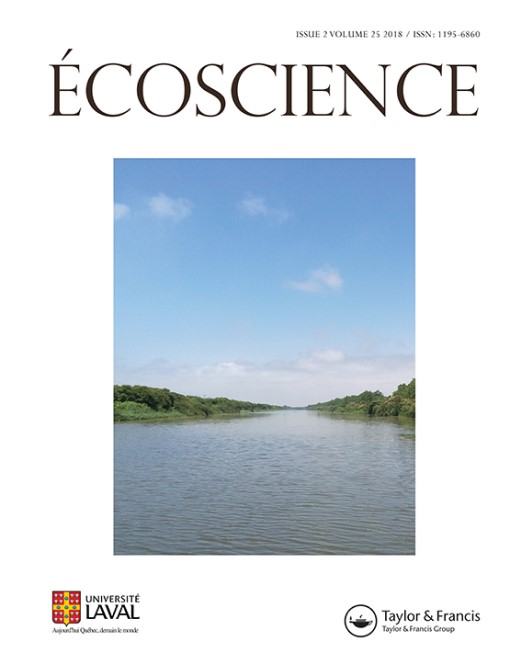In Southeast Asia, intensive rainstorms caused by strong monsoon and tropical cyclones can trigger landslides in mountainous or hilly regions, which may significantly impact the natural terrains. This mostly includes the loss of vegetation cover, the emptying of seed banks and degradation of the top soil. The objective of this study was to assess the spontaneous vegetation regeneration on nine landslide trails approximately 2.5 years after disturbance. A systematic vegetation sampling was conducted using 5 × 5 m quadrats. A total of 1,304 individuals from 72 tree and shrub species were recorded across the landslide trails, with a mean density of 1.09 ± 0.71 individual m-2. The woody component of the regeneration was dominated by birddispersed species, followed by wind-dispersed species. Ground cover was dominated by two matforming ferns Dicranopteris pedata and Blechnum orientale. In order to facilitate the vegetation restoration and to speed up ecological succession on landslides, it is recommended to establish pioneer trees to improve both the top soil stability and soil-building process. The importance of providing bird perches must be emphasized, as it improves seed rain to the disturbed landscapes, thus promoting the regrowth of trees and shrubs.
How to translate text using browser tools
1 April 2018
Early Ecological Succession on Landslide Trails, Hong Kong, China
Chun-Chiu Pang,
Xoni Kwan-Ki Ma,
Tony Tun-Hei Hung,
Billy Chi-Hang Hau
ACCESS THE FULL ARTICLE






